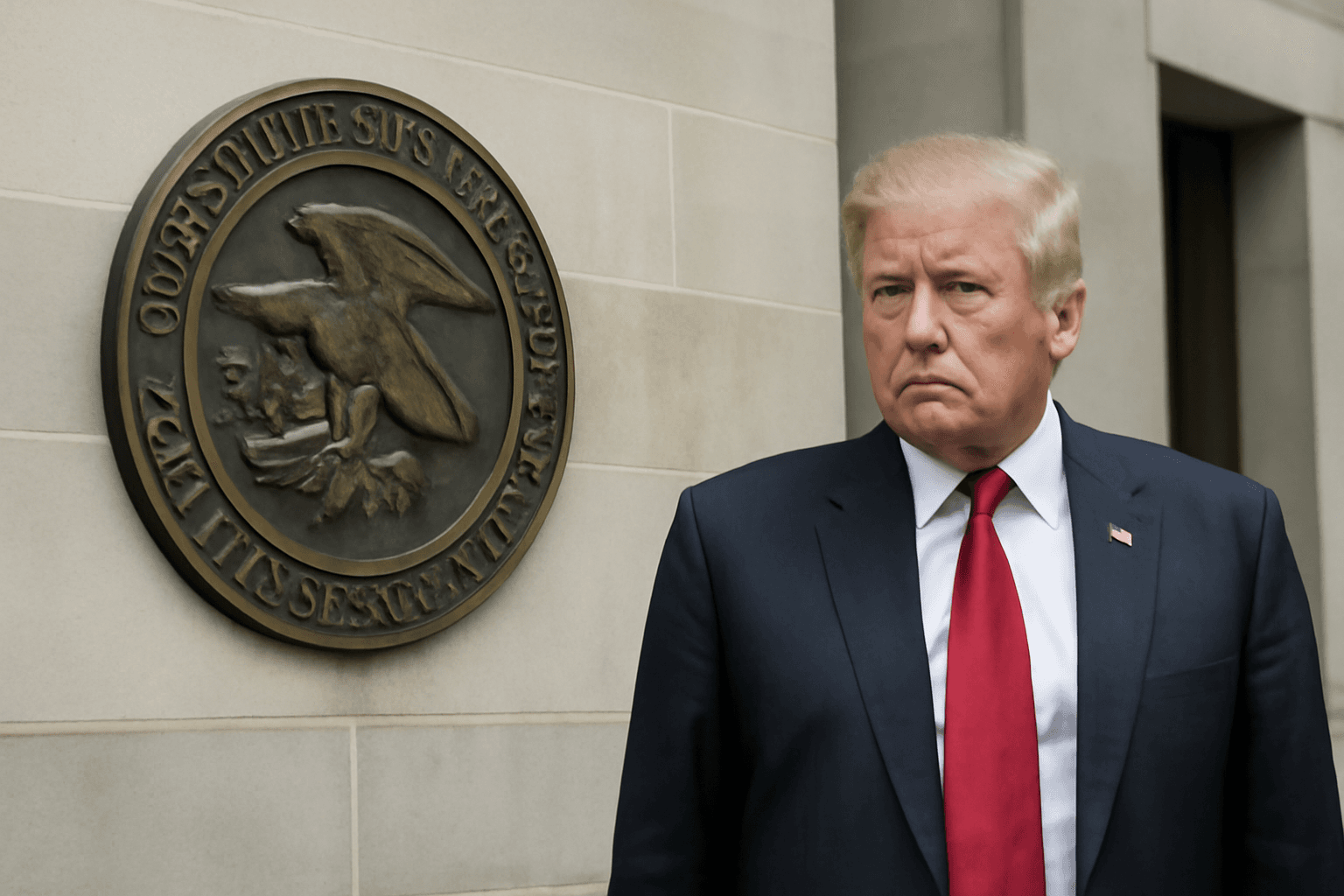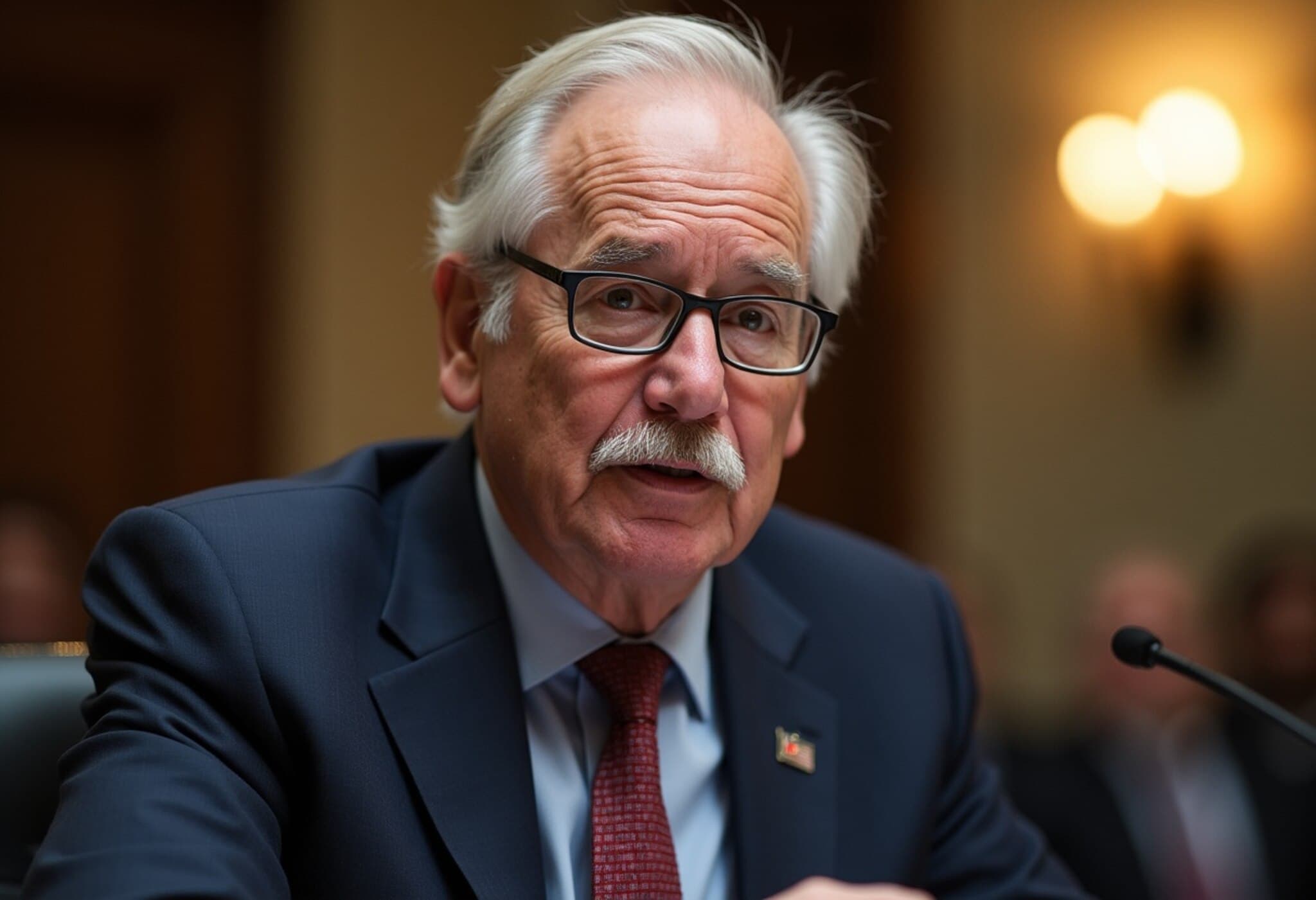Federal Government Withdraws $4 Billion from California High-Speed Rail Project
In a dramatic move that reverberates through the transportation sector and California’s infrastructure plans, the U.S. Department of Transportation under the Trump administration has officially slashed $4 billion in federal funding dedicated to California’s high-speed rail initiative. This decision, marking a critical setback for one of the nation’s most ambitious rail projects, comes after years of delays, budget overruns, and concerns over management.
Background: The Long Road of California's Bullet Train
The California High-Speed Rail started with a grand vision in 2009 aiming to connect Los Angeles and San Francisco with a swift rail link that would shorten travel time to under three hours. However, a decade and over $20 billion later, the project has struggled to meet its original goals, pivoting its focus to a smaller segment between Merced and Bakersfield.
California Governor Gavin Newsom has continued to champion the project’s potential impacts on environmental sustainability and economic growth, asserting that most funding for the rail comes from state resources. Yet, the federal share has been a critical component to advancing construction.
Reasons for Withdrawal: Contract Breaches and Delays
Acting Federal Railroad Administration Administrator Drew Feeley's formal letter to the California High-Speed Rail Authority’s (CHSRA) CEO cited breaches of the federal agreements as the primary cause for withdrawing support. The letter underscored the CHSRA's alleged “inability to complete” the milestones it promised, resulting in missed deadlines and funding gaps.
Transportation Secretary Pete Buttigieg, echoing concerns of mismanagement, emphasized the challenges: concerns about a project constantly behind schedule and ballooning in costs have contributed to federal skepticism. Yet, these claims have been met with sharp rebuttals from California officials.
Political and Public Reactions
- Trump’s Critique: Former President Donald Trump labeled the project “Severely Overpriced” and “Never Delivered,” calling out Governor Newsom as “incompetent” during a social media statement following the funding pull.
- California’s Response: Governor Newsom condemned the federal withdrawal as “illegal,” promising to vigorously challenge the decision and safeguard California’s investment in sustainable transportation.
- Industry and Local Impact: Local communities stand at a crossroads, since improved rail connectivity could significantly reduce carbon emissions and foster economic development, especially across the Central Valley region.
What This Means for California and National Infrastructure Policy
This federal funding withdrawal highlights the ongoing tensions between state-driven infrastructure ambitions and federal accountability standards. Critics question whether large-scale projects with complex governance structures and long timelines can effectively navigate political shifts and funding uncertainties.
From an economic perspective, the project’s setbacks raise critical questions about the sustainability of funding models relying heavily on a combination of federal, state, and local sources in an environment of shifting political priorities.
Expert Insights
Transportation policy analysts suggest that California’s struggle mirrors challenges faced nationwide — balancing visionary infrastructure investments against rigorous project management and fiscal discipline. It also underscores the need for transparent oversight mechanisms that build public trust and investor confidence.
Looking Ahead: Options and Questions
California’s leadership has indicated they will explore all legal and legislative avenues to restore federal support, signaling a likely protracted battle. Meanwhile, policymakers and stakeholders must ask:
- Can California restructure the project to meet federal requirements without sacrificing scope and impact?
- What lessons does this offer for future large-scale transportation initiatives on federal-state collaboration?
- How can communities dependent on enhanced rail connectivity mitigate the risk of project delays or cancellations?
Editor’s Note
The withdrawal of $4 billion in federal funds from California’s high-speed rail initiative is more than a funding cut; it is a flashpoint highlighting the intersection of politics, infrastructure ambition, and management efficacy. For Americans observing this, the situation raises broader questions about the future of sustainable transport investments amid shifting national priorities.
As this high-profile infrastructure case unfolds, it offers a valuable case study on how bold visions must be matched with disciplined execution and cooperative federalism to truly transform America’s transportation landscape.



















